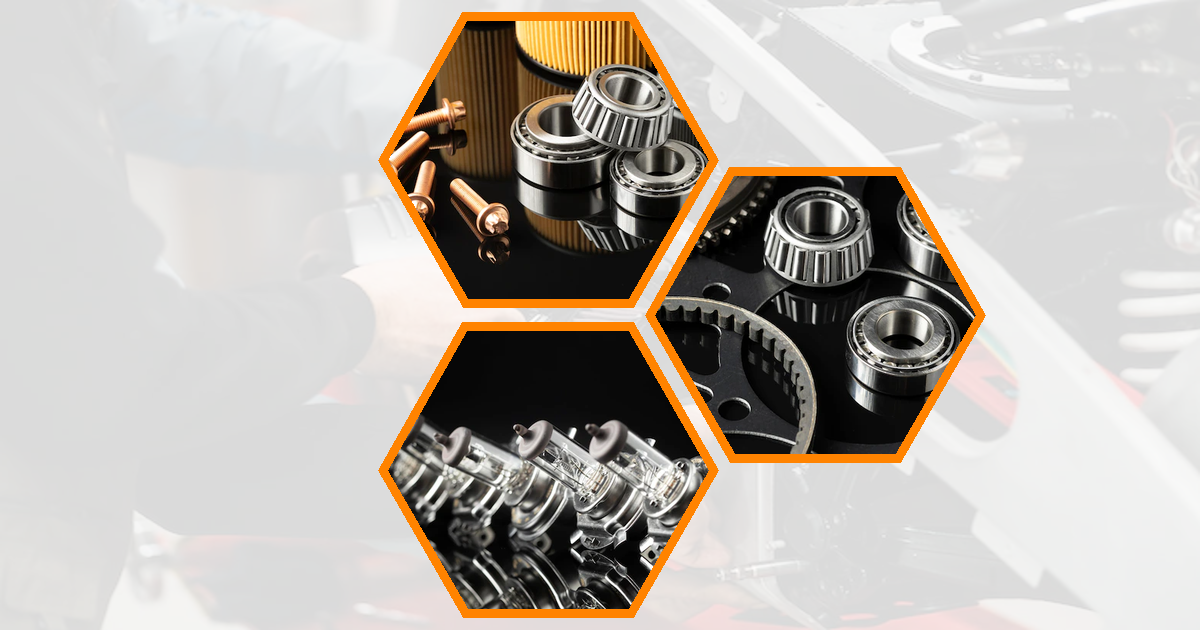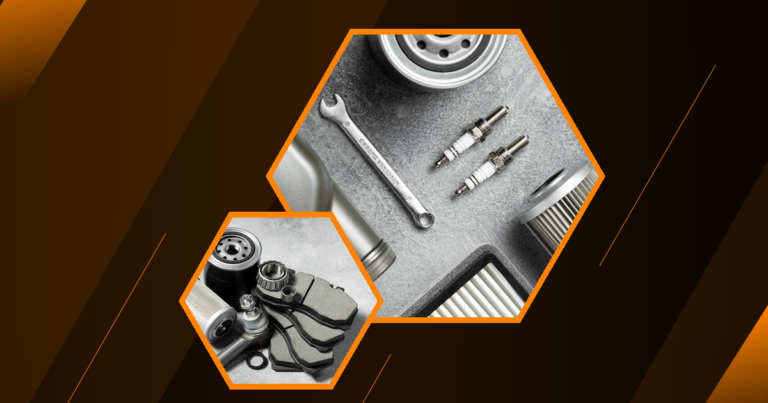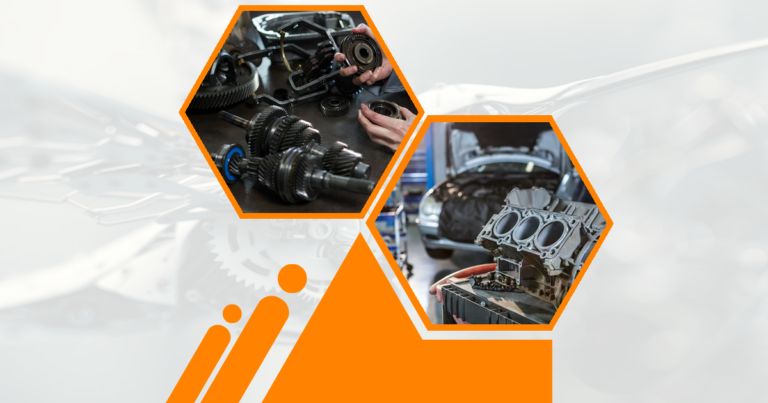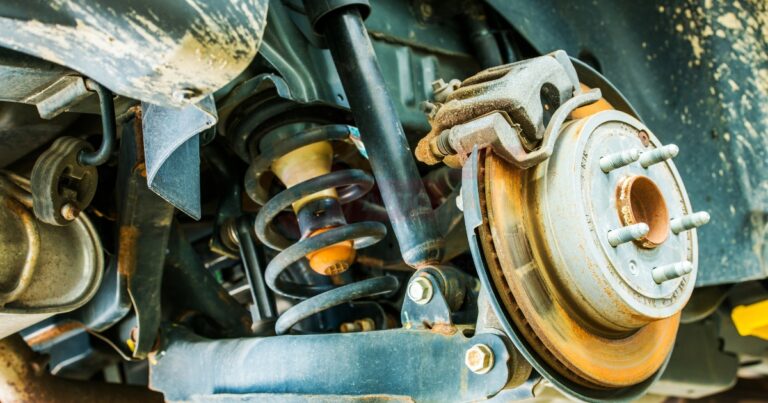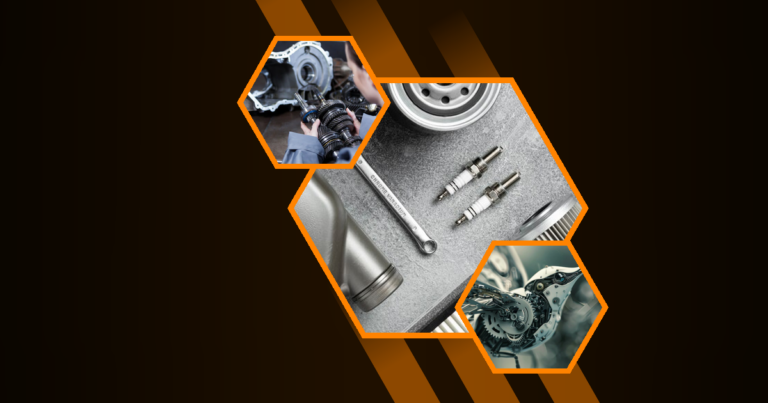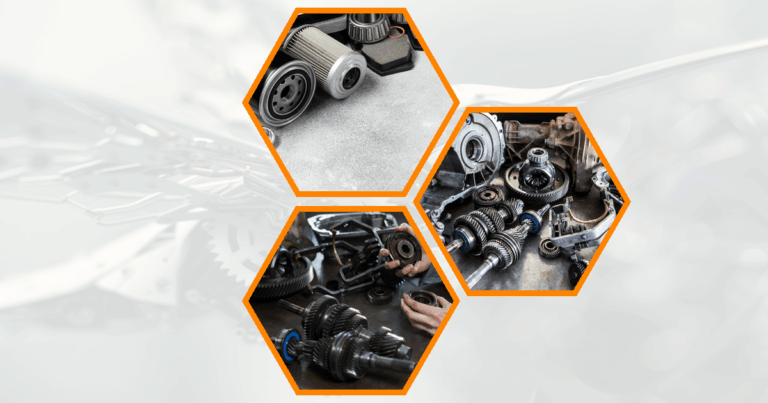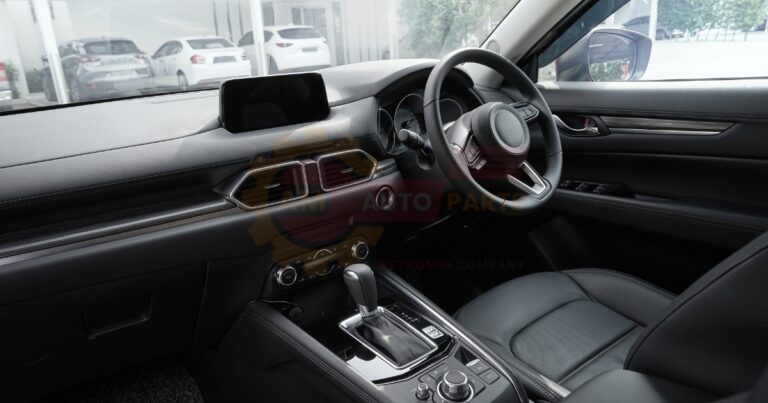What is a Muffler and Its Role in Vehicles
A muffler is an essential component of a vehicle’s exhaust system, designed to reduce the noise produced by the engine. It plays a crucial role in ensuring a quieter and more comfortable ride by minimizing the sound waves generated during the combustion process. The role of mufflers in a vehicle extends beyond noise reduction; they also contribute to the efficient expulsion of exhaust gases, which is vital for optimal engine performance.
Mufflers are strategically placed within the exhaust system to manage the flow of exhaust gases and reduce noise pollution. By doing so, they help maintain a peaceful environment both inside and outside the vehicle. Additionally, mufflers can influence the overall performance of a vehicle by affecting back pressure, which can impact engine efficiency and power output.
- Noise Reduction : Minimizes engine noise for a quieter ride.
- Exhaust Flow Management : Ensures efficient expulsion of exhaust gases.
- Performance Impact : Influences engine efficiency and power.
How Does a Muffler Work
Sound Wave Cancellation
Mufflers work by employing sound wave cancellation techniques to reduce noise. Inside a muffler, there are chambers and perforated tubes that create sound waves that interfere with each other. This interference cancels out the sound waves, significantly reducing the noise that exits the exhaust system. The design of these chambers is crucial in determining the effectiveness of sound wave cancellation.
Exhaust Flow Management
In addition to sound wave cancellation, mufflers manage the flow of exhaust gases. By directing the gases through a series of chambers and tubes, mufflers can control the speed and pressure of the exhaust flow. This management is essential for maintaining optimal engine performance and preventing back pressure, which can negatively affect engine efficiency.
- Chambers and Tubes : Create sound wave interference for noise reduction.
- Flow Control : Manages exhaust speed and pressure for optimal performance.
Types of Mufflers
Glass Pack Mufflers
Glass pack mufflers are known for their simple design and effectiveness in reducing noise. They consist of a straight-through design with a perforated tube surrounded by sound-absorbing material, usually fiberglass. This design allows for minimal back pressure, making them popular among performance enthusiasts.
Chambered Mufflers
Chambered mufflers use a series of chambers to reflect and cancel sound waves. This design provides a deep, throaty sound that is often preferred by muscle car owners. Chambered mufflers offer a balance between noise reduction and performance, making them a versatile choice for many vehicles.
Turbo Mufflers
Turbo mufflers combine elements of both glass pack and chambered designs. They feature a series of perforated tubes and chambers that work together to reduce noise while maintaining good exhaust flow. Turbo mufflers are known for their ability to provide a smooth, mellow sound without sacrificing performance.
- Glass Pack : Straight-through design, minimal back pressure.
- Chambered : Deep sound, balance of noise reduction and performance.
- Turbo : Combination design, smooth sound, good flow.
Common Signs of a Bad Muffler
Increased Engine Noise
One of the most noticeable signs of a bad muffler is increased engine noise. If you hear loud or unusual sounds coming from your vehicle, it may indicate a problem with the muffler. This noise can be due to holes, cracks, or other damage that allows sound to escape.
Decreased Fuel Efficiency
A malfunctioning muffler can also lead to decreased fuel efficiency. If the muffler is not functioning properly, it can cause increased back pressure, which forces the engine to work harder and consume more fuel. This inefficiency can lead to higher fuel costs over time.
Vibrations and Rattling Sounds
Vibrations and rattling sounds are common indicators of a bad muffler. These noises can result from loose or damaged components within the muffler or exhaust system. If you notice these sounds, it’s important to have your muffler inspected to prevent further damage.
- Loud Noises : Indicate holes or cracks in the muffler.
- Fuel Inefficiency : Caused by increased back pressure.
- Rattling : Suggests loose or damaged components.
Causes of Muffler Problems
Rust and Corrosion
Rust and corrosion are common causes of muffler problems. Over time, exposure to moisture and road salt can lead to rust, which weakens the muffler and causes holes or cracks. Regular inspections can help identify and address rust issues before they become severe.
Physical Damage
Physical damage from road debris or accidents can also lead to muffler problems. Dents, cracks, or other damage can affect the muffler’s ability to reduce noise and manage exhaust flow. It’s important to address any physical damage promptly to maintain optimal performance.
Internal Component Failure
Internal component failure, such as broken baffles or loose parts, can cause muffler problems. These issues can lead to increased noise and reduced efficiency. Regular maintenance and inspections can help identify and address internal component failures before they cause significant damage.
- Rust : Caused by moisture and road salt exposure.
- Damage : Resulting from debris or accidents.
- Component Failure : Broken baffles or loose parts.
How to Install a Muffler
Tools Required
Installing a muffler requires specific tools to ensure a proper fit and secure installation. Common tools include a wrench set, socket set, exhaust hanger pliers, and a hacksaw or reciprocating saw for cutting the old muffler. Having the right tools on hand can make the installation process smoother and more efficient.
Step-by-Step Installation Process
The installation process involves several steps to ensure a secure and effective fit. First, remove the old muffler by loosening the clamps and cutting it away if necessary. Next, position the new muffler and secure it with clamps or hangers. Finally, check for any leaks or loose connections to ensure proper installation.
Safety Precautions
Safety is crucial when installing a muffler. Always wear protective gear, such as gloves and safety glasses, to prevent injury. Additionally, ensure the vehicle is securely lifted and supported before beginning the installation process. Following these precautions can help prevent accidents and ensure a successful installation.
- Tools : Wrench set, socket set, pliers, saw.
- Process : Remove old muffler, position new one, secure with clamps.
- Safety : Wear protective gear, secure vehicle.
How Much Does Muffler Replacement Cost On Average?
Average Cost Range
The cost of muffler replacement can vary depending on several factors. On average, the cost ranges from 50 to 00, including parts and labor. However, prices can vary based on the type of muffler and the vehicle’s make and model.
Factors Affecting Price
Several factors can affect the cost of muffler replacement. These include the type of muffler, the complexity of the installation, and the location of the repair shop. Additionally, high-performance or specialty mufflers may cost more than standard options.
DIY vs Professional Installation
While some may choose to install a muffler themselves to save money, professional installation is often recommended. A professional can ensure a proper fit and secure installation, reducing the risk of future issues. However, if you have the necessary skills and tools, DIY installation can be a cost-effective option.
- Cost Range : 50 to 00 on average.
- Price Factors : Muffler type, installation complexity, location.
- Installation : DIY can save money, but professional is recommended.
Importance of Regular Muffler Maintenance
Regular muffler maintenance is essential for extending the lifespan of the muffler and improving vehicle performance. By inspecting the muffler and exhaust system regularly, you can identify and address issues before they become severe. This proactive approach can help prevent costly repairs and ensure optimal performance.
Maintaining a muffler also contributes to better fuel efficiency and reduced emissions. A well-functioning muffler ensures proper exhaust flow, which can improve engine efficiency and reduce fuel consumption. Additionally, regular maintenance can help reduce the environmental impact of your vehicle by minimizing emissions.
- Lifespan : Regular maintenance extends muffler life.
- Performance : Improves fuel efficiency and reduces emissions.
Environmental Impact of Mufflers
Mufflers play a significant role in reducing noise pollution and controlling emissions. By minimizing the noise produced by the engine, mufflers contribute to a quieter environment, which is beneficial for both drivers and the community. Additionally, mufflers help manage exhaust emissions, reducing the environmental impact of vehicles.
Noise pollution reduction is a key benefit of mufflers, as it helps create a more peaceful environment. Emissions control is also crucial, as it helps reduce the release of harmful gases into the atmosphere. By maintaining a well-functioning muffler, you can contribute to a cleaner and quieter environment.
- Noise Reduction : Creates a quieter environment.
- Emissions Control : Reduces harmful gas release.
Choosing the Right Muffler for Your Vehicle
Choosing the right muffler for your vehicle involves considering several factors, including compatibility, performance, and noise reduction. It’s important to select a muffler that is compatible with your vehicle’s make and model to ensure a proper fit and optimal performance.
Performance and noise reduction are also important considerations when choosing a muffler. Some mufflers are designed to enhance performance by reducing back pressure, while others focus on minimizing noise. It’s important to balance these factors to find a muffler that meets your needs and preferences.
- Compatibility : Ensure proper fit for your vehicle.
- Performance : Balance between performance and noise reduction.
Muffler Regulations and Legal Requirements
Muffler regulations and legal requirements vary by state and locality. It’s important to be aware of these regulations to ensure compliance and avoid fines. Many areas have noise ordinances that limit the amount of noise a vehicle can produce, making a functioning muffler essential.
Emissions standards are also a consideration, as mufflers play a role in controlling exhaust emissions. Ensuring your muffler meets these standards is important for both legal compliance and environmental responsibility. Regular inspections can help ensure your muffler is functioning properly and meeting all necessary regulations. Automotive cooling system helps keep car engines from getting too hot It uses water and special liquid to move heat away from the engine Automotive thermal management helps keep car parts at the right temperature It makes sure engines and other systems don’t get too hot or too cold
Mechanical force absorber helps reduce the impact of sudden movements or shocks It protects things from getting damaged by absorbing energy from forces Engine crankshaft converts the up-and-down motion of the pistons into a rotating motion This rotating motion is then used to power the wheels of a car or other vehicle
Crankshaft camshaft differentiation A crankshaft turns the up-and-down motion of pistons into spinning motion while a camshaft controls the opening and closing of engine valves Automotive camshaft mechanism The
Suspension damping components help control how a vehicle bounces and moves over bumps They make your ride smoother by absorbing shocks from the road Automotive oil varieties Different types of oil for cars and trucks help keep engines running smoothly Some automotive oil varieties are made for specific vehicles or driving conditions
Disc brake pads are special parts that help stop your bike or car They press against a spinning disc to slow down or stop the wheels
- Noise Ordinances : Vary by state and locality.
- Emissions Standards : Ensure compliance and environmental responsibility.
Muffler Innovations and Future Trends
The automotive industry is constantly evolving, and muffler technology is no exception. Innovations in muffler design and materials are leading to more efficient and effective solutions for noise reduction and emissions control. These advancements are helping to improve vehicle performance and reduce environmental impact.
Electric vehicle sound systems are one area of innovation, as they aim to provide a realistic engine sound for electric vehicles. Smart muffler technology is also emerging, offering features such as adjustable sound levels and real-time performance monitoring. These trends are shaping the future of muffler technology and offering exciting possibilities for vehicle enthusiasts.
- Electric Vehicle Sound : Provides realistic engine sound.
- Smart Technology : Adjustable sound levels, performance monitoring.
FAQs
What happens if you drive with a bad muffler?
Driving with a bad muffler can lead to several issues. It can increase noise pollution, making your vehicle much louder than normal. Additionally, a faulty muffler can cause decreased fuel efficiency and potentially lead to engine damage due to increased back pressure. It’s important to address muffler issues promptly to avoid these problems.
Can you drive without a muffler?
Driving without a muffler is not recommended. It can lead to increased noise pollution and may violate local noise ordinances. Additionally, driving without a muffler can cause increased back pressure, which can negatively affect engine performance and fuel efficiency. It’s important to have a functioning muffler to ensure a safe and efficient vehicle.
How long should a muffler last?
The lifespan of a muffler can vary depending on several factors, including the type of muffler, driving conditions, and maintenance practices. On average, a muffler can last between 5 to 7 years. However, regular maintenance and inspections can help extend its lifespan and ensure optimal performance.
